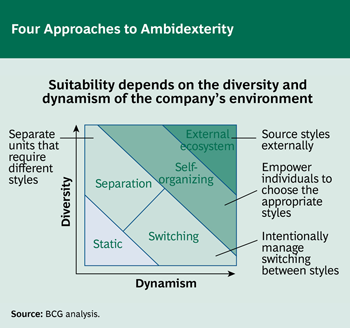Rich Hutchinson
Quite interesting
Over the long term, revenue growth powers 75 percent of total shareholder return (TSR) for the upper-quartile value creators of the S&P 500. Even in the short term, growth accounts for nearly a third of TSR for these outperformers—double the boost from improving margins or cash flow. A growing business also empowers employees, attracts top talent, and helps fund expansion, transformation, and more growth.
These leading companies are taking advantage of what The Boston Consulting Group calls the “Go-to-Market Revolution.”
Three tides of deep-rooted change are driving the revolution. The first is the dramatic shift, in almost every industry, of what BCG calls customer pathways—the ways customers learn and communicate about products and services on the path toward a purchase. Second, technology and advanced analytics are providing new tools for sales and pricing teams, marketers, and researchers. Third and finally, companies now navigate a globalizing world that requires most of them to compete in new markets, often against unfamiliar rivals.
Customer PathwaysThe first tide is the rapid recent evolution of what BCG calls customer pathways. The ways consumers learn about and buy products have shifted dramatically and quickly, triggered by changes in technology, communications, and media.
Advanced Data and AnalyticsThe second driver of change could be called the go-to-market arsenal. It is the rapid and transformative evolution of “smart” data, advanced analytics and modeling, and other tools capable of increasingly sophisticated approaches in segmenting and analyzing information and reaching customers
Global and Emerging MarketsThe final driver of the Go-to-Market Revolution is globalization, which creates two fundamental commercial challenges.First, globalization has changed the competitive landscape in every market. The rise of globalization has opened labor markets and expanded offshore production, resulting in lower product costs in developed countries even as it destabilized brands and prices….Second, globalization in emerging economies has been accompanied by rapidly expanding wealth




